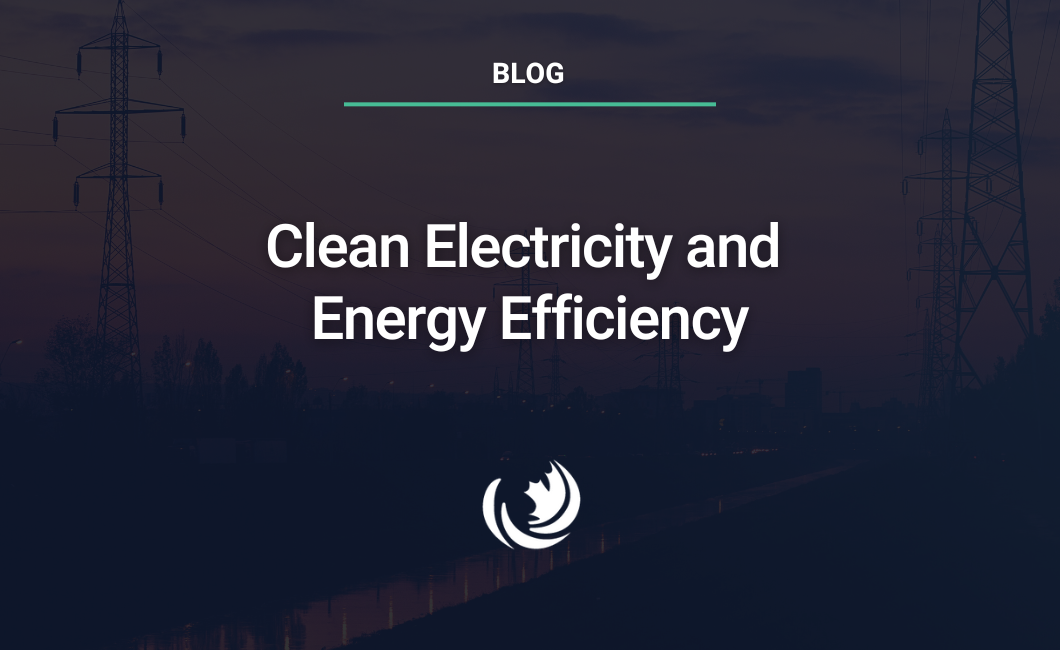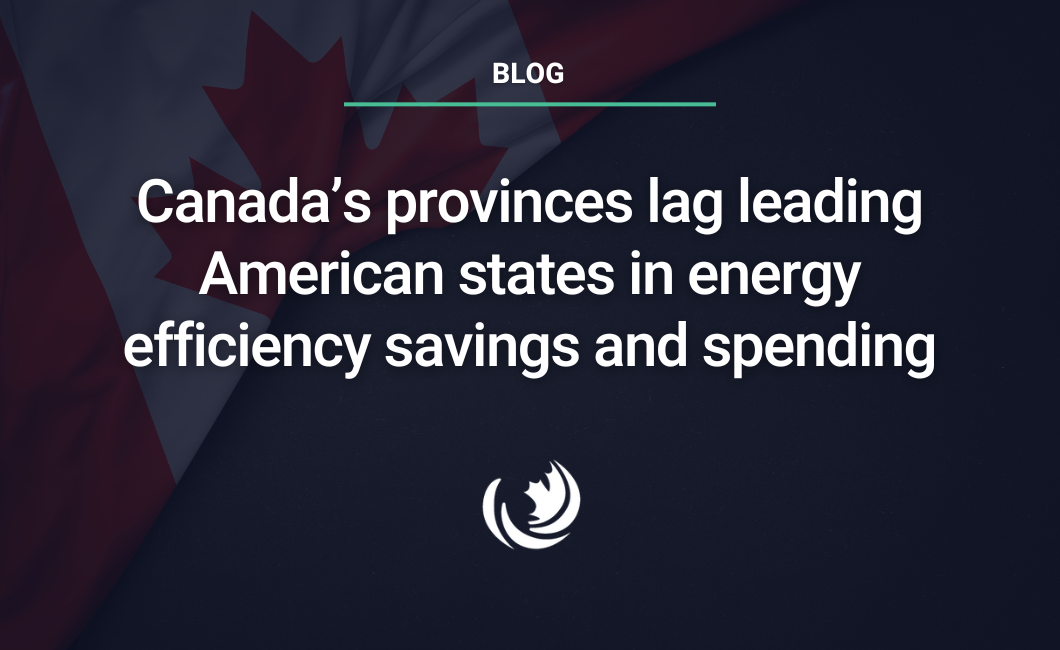
Ontario’s new electricity DSM plan: How does it stack up?
Ontario announced a new electricity demand-side management framework. This review considers how Ontario arrived at this framework and benchmarks it against leading provinces and states.

Ontario announced a new electricity demand-side management framework. This review considers how Ontario arrived at this framework and benchmarks it against leading provinces and states.

Toronto is joining other major North American cities in mandating building performance standards.

Explore solutions to enhance benchmarking adoption, drawing on lessons from other jurisdictions.

Ambitious action on the part of Canada’s sub-national governments will ensure that all stakeholders in the buildings sector — including governments, industry and the workforce — have a clear and stable regulatory path forward, one that allows them to plan for future code requirements while investing in Canada’s net-zero future.

The federal government is working on creating a Clean Electricity Regulation that will result in net zero electricity across Canada by 2035. Many in the industry are looking at how they would accomplish this goal including the Alberta Electric System Operator (AESO) who recently modelled the cost of achieving deep emission reductions in a province with some of the highest electricity emissions in the country.

Efficiency Canada’s new report compares energy efficiency savings, targets, and spending in Canada and the United States.
Sign-up to get the latest in energy efficiency news!